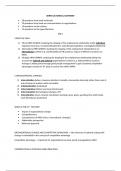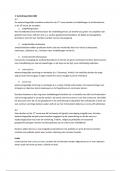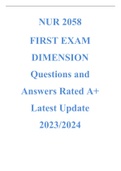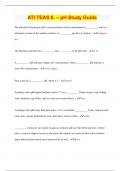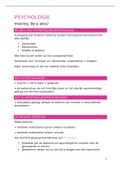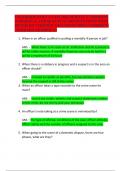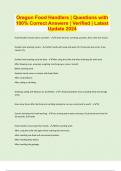Samenvatting
Summary, Lectures & Articles - Strategic Human Resource Management (SHRM): MAN-BCU008A
- Vak
- Instelling
Summary and each lecture of Strategic Human Resource Management. Including the corresponding articles and forms of communication within an organization (Wang, De Nisi, Richter, Einarsen, Chapman, Bouskila-Yam & Kluger) (Regulating, Listening, Sender, Interviewing, Bad News, Conflict, Negotiating)
[Meer zien]
